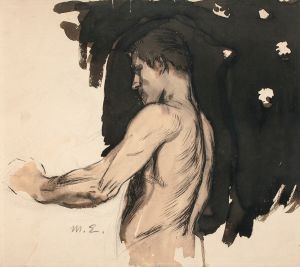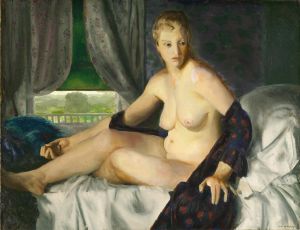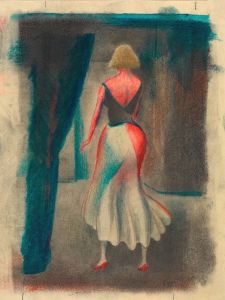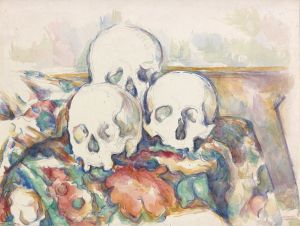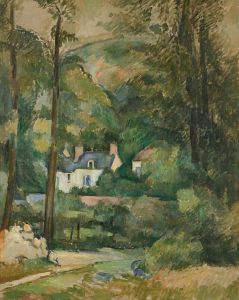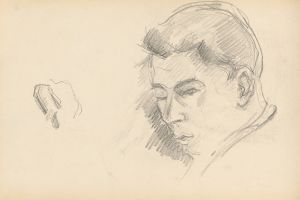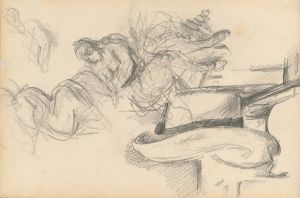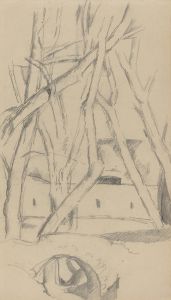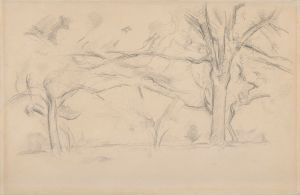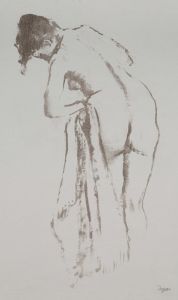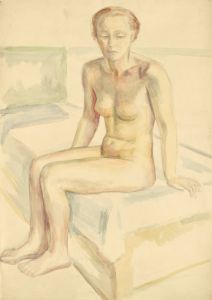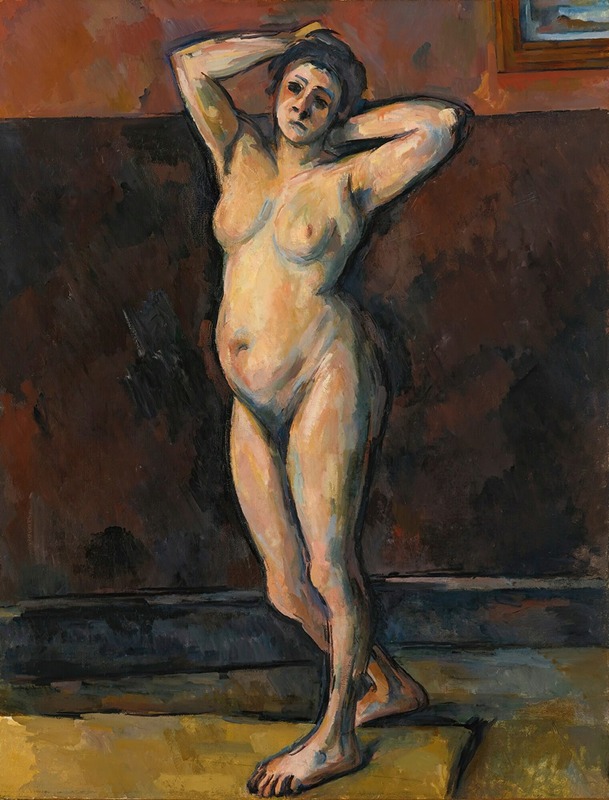
Femme Nue Debout
A hand-painted replica of Paul Cézanne’s masterpiece Femme Nue Debout, meticulously crafted by professional artists to capture the true essence of the original. Each piece is created with museum-quality canvas and rare mineral pigments, carefully painted by experienced artists with delicate brushstrokes and rich, layered colors to perfectly recreate the texture of the original artwork. Unlike machine-printed reproductions, this hand-painted version brings the painting to life, infused with the artist’s emotions and skill in every stroke. Whether for personal collection or home decoration, it instantly elevates the artistic atmosphere of any space.
Paul Cézanne's Femme Nue Debout (translated as Standing Nude Woman) is a painting that exemplifies the artist's exploration of the human form and his distinctive approach to composition and color. Created during the late 19th century, this work reflects Cézanne's transition from Impressionism to a more structured and analytical style that would later influence modern art movements such as Cubism.
The painting depicts a standing nude female figure, rendered with Cézanne's characteristic brushwork and attention to form. Rather than focusing on idealized beauty or anatomical precision, Cézanne emphasizes the interplay of shapes, light, and shadow, creating a sense of volume and solidity. The figure is set against a neutral or simplified background, which draws attention to the subject and highlights Cézanne's interest in the relationship between the figure and the surrounding space.
Cézanne's approach to the nude was unconventional for his time. While many of his contemporaries sought to depict the human body with smooth, polished surfaces, Cézanne used bold, visible brushstrokes to build up the form. This technique gives the painting a dynamic, almost sculptural quality. His use of color is equally significant; rather than relying solely on tonal gradations, Cézanne employs a palette of muted and earthy hues to create depth and structure.
The exact date of Femme Nue Debout is not definitively documented, but it is generally associated with Cézanne's mature period, when he was deeply engaged in studying the human figure. During this time, Cézanne often worked with live models, although his representations were not intended to be realistic portraits. Instead, he sought to capture the essence of the form and its relationship to the surrounding space.
As with many of Cézanne's works, Femme Nue Debout was not widely appreciated during his lifetime. His innovative techniques and departure from traditional artistic norms were often misunderstood by critics and the public. However, Cézanne's influence on later artists, including Pablo Picasso and Henri Matisse, has cemented his legacy as a pivotal figure in the history of art.
The current location of Femme Nue Debout is not specified in publicly available records, and it is unclear whether the painting is held in a private collection or a museum. Cézanne's works are widely distributed across major institutions, and his studies of the human figure remain a subject of scholarly interest.
This painting is a testament to Cézanne's dedication to pushing the boundaries of artistic convention and his enduring impact on the development of modern art.





